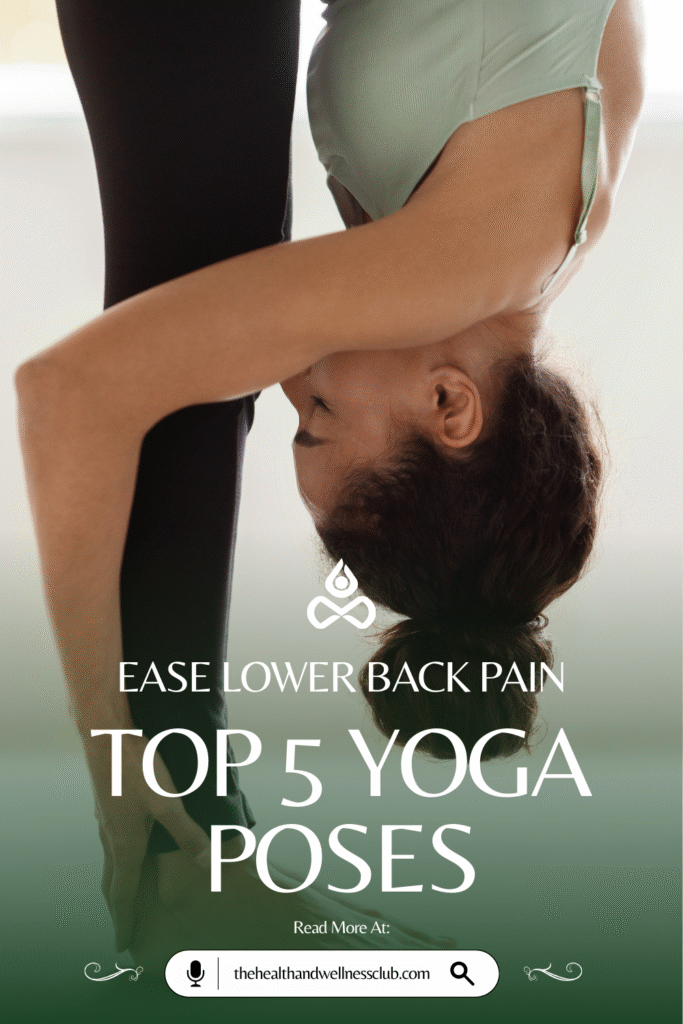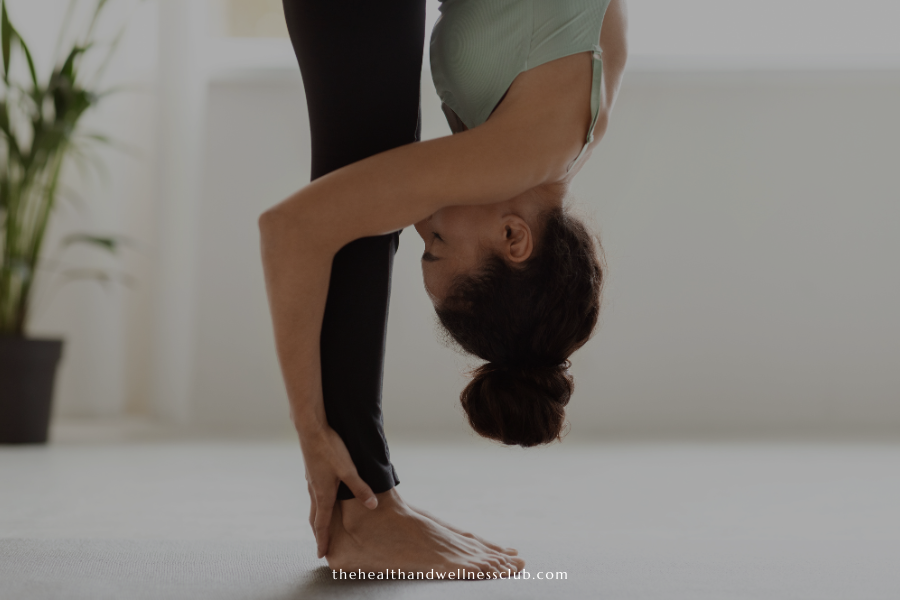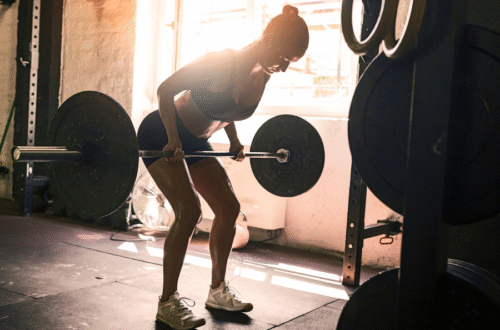Lower back pain is a common issue that affects millions of people worldwide. Did you know that yoga can be a powerful tool in alleviating this discomfort?
When I first began practicing yoga, I had lower back pain from poor posture and prolonged sitting. After regular practice, yoga helped alleviate my pain significantly. With consistent practice and better body awareness, trust me, you can manage and reduce back pain effectively.
Yoga has worked magic for me, so in this article, we’ll explore some of the most effective yoga poses to relief lower back pain and enhance your quality of life. Whether you’re a beginner or an experienced yogi, these poses are designed to provide comfort and support for your lower back.
Understanding Lower Back Pain
There are many causes of lower back pain, including injuries like muscle or ligament strain resulting from repeated heavy lifting, arthritis, scoliosis or disk injuries. However, the most common reasons for lower back pain or tightness are from poor posture and a sedentary lifestyle. Other than practicing the below yoga poses for relieve, another bonus tip is to change to a standing desk and add a walking pad if you can, this can greatly reduce your sedentary time. You may check out my blog post on how to make your desk job healthier with a few tips.
When you stay inactive, your lower back, glutes, and core muscles get weaker. These muscles are key for good posture and spine support. If these muscles are not used, they tighten up and weaken, causing more stress on the muscles around the spine, increasing risk of back pain.
Poor posture is another common cause of lower back problems. Slouching or leaning forward disrupts the spine’s natural curve, resulting in misalignment and placing stress on the lumbar spine and discs, which can lead to chronic pain.
Benefits of Yoga for Lower Back Pain
Certain yoga poses can stretch your lower back to improve your lower back flexibility and strength to alleviate back pain. However, back pain does not only arise from the tightness of back muscles, but is a result of the tightness and weakness of other areas, including your glutes, legs, hamstrings, and mid-back. Therefore, causing more strain on the surrounding muscles and contribute to lower back pain.
In addition to doing all the lower back releasing poses, a well-rounded routine should include poses to release the tightness of glutes, legs, hamstrings, and mid-back for an effective workout to relieve back pain.
Top 5 Yoga Poses for Lower Back Pain Relief
Child’s Pose (Balasana)
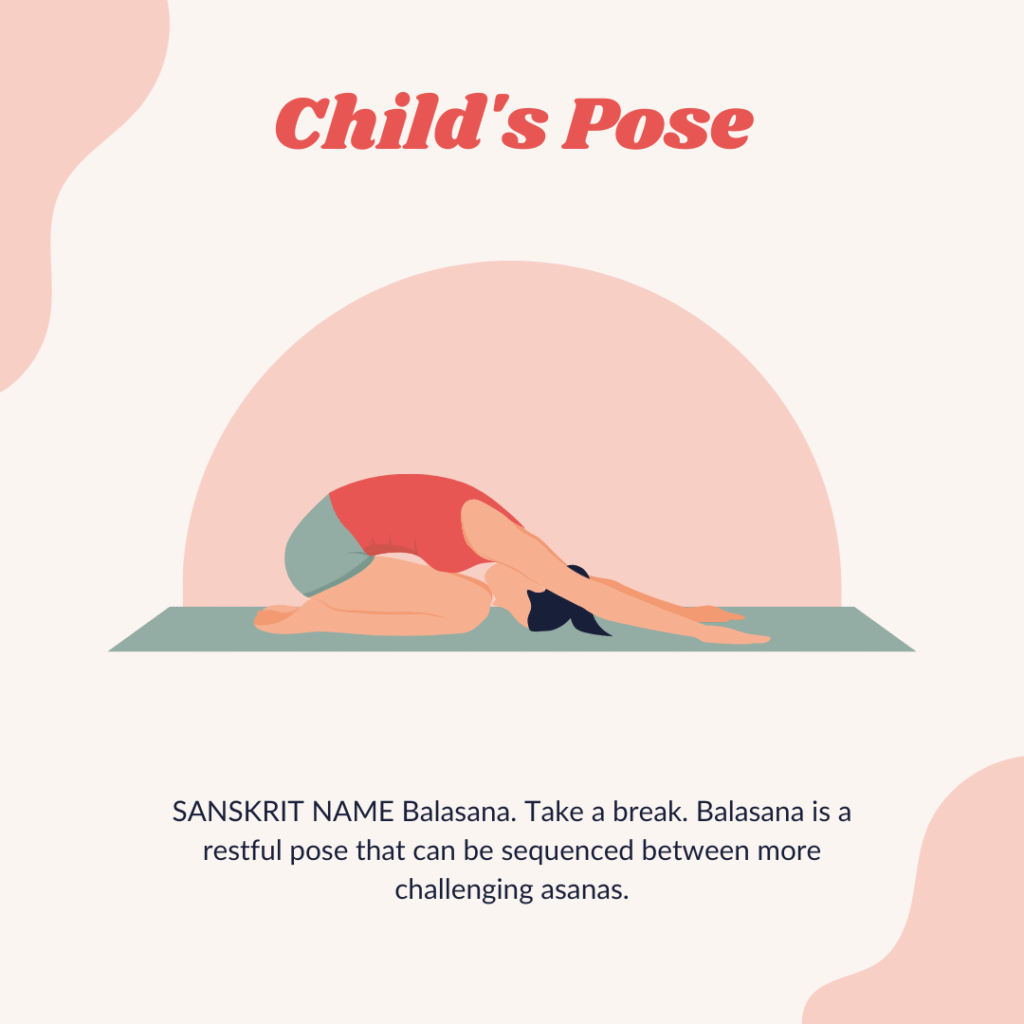
- How to perform?
- Start in all-fours position. Come onto your hands and knees. Knees directly under your hips and shoulders above your hands. Bring big toes to touch with tops of feet pressing into the mat. Take knees hip width apart for more space or keep them together for lower back support. Sit back on to heels.
- Inhale deeply, and as you exhale rest your forehead to mat. Bring hands forward with palms down to lengthen upper body. Close eyes and relax into the pose.
- Benefits for lower back pain
- Child’s Pose is a wonderful passive pose to stretch your spine. Pairing with deep breathing and awareness, this can stretch the deep spinal muscles gently.
Cat-Cow Pose (Marjaryasana-Bitilasana)
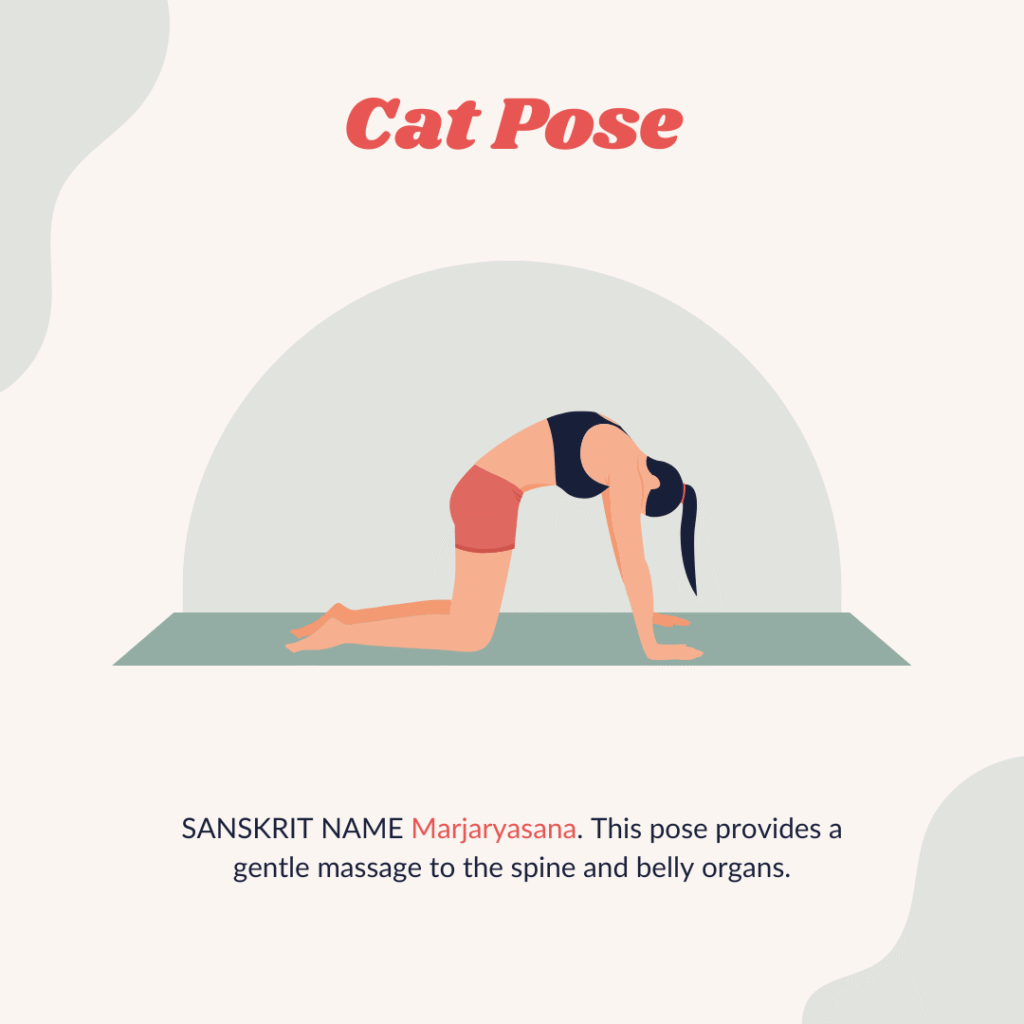

- How to perform?
- Come onto your hands and knees. Knees directly under your hips and shoulders above your hands. Fingers spread and palms pressing down.Lower your shoulder blades. Look forward. Inhale and tilt your pelvis upward for Cow Pose.
- Press into your hands. Exhale, round your upper back and spread your shoulder blades wide. Tuck your chin to your chest and bring your sit bones towards your knees for Cat Pose. Aim to round your spine evenly.
- Benefits for lower back pain
- This pose has a balance of spine flexion and extension that promotes mobility and to release tension in the lower back. When you breathe deeply in and out, this also improves your mind-body connection and allows you to improves your body awareness.
Downward-Facing Dog (Adho Mukha Svanasana)
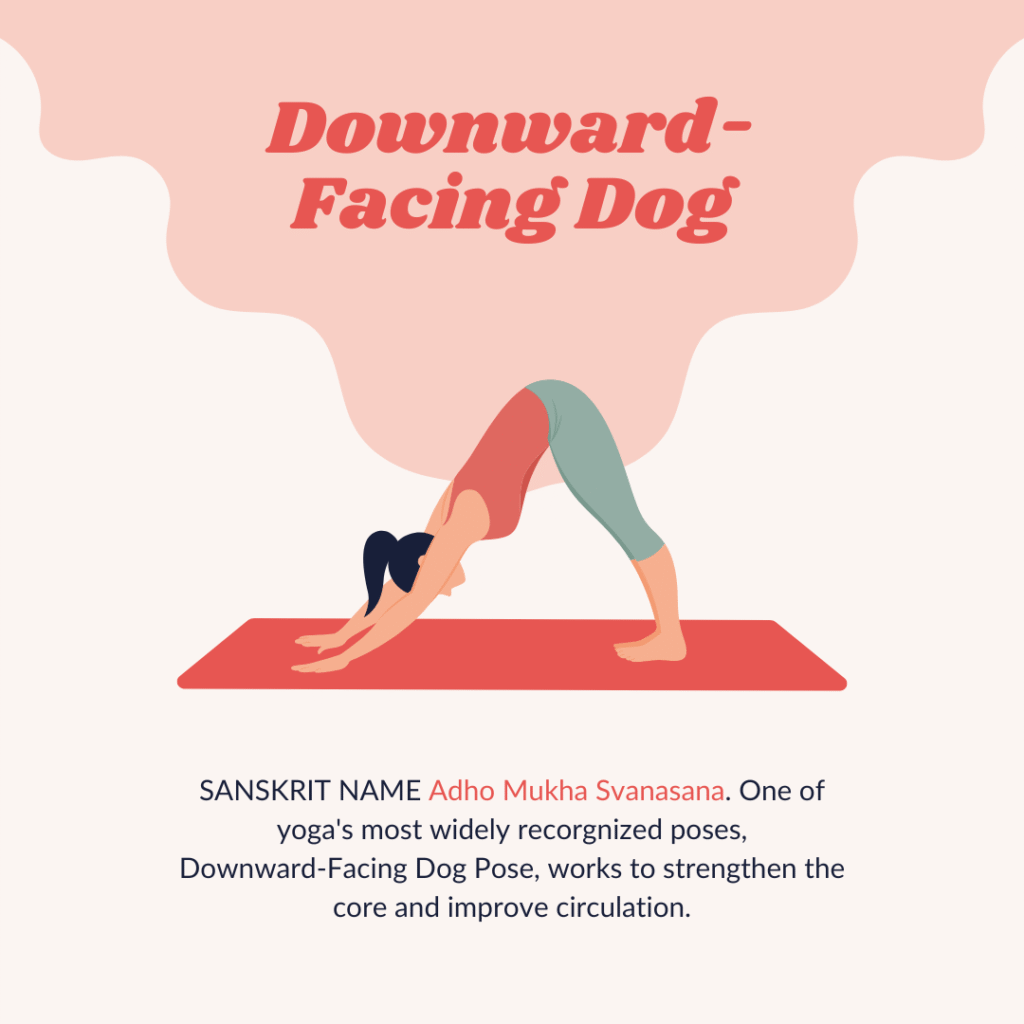
- How to perform?
- Start in all-fours position. Come onto your hands and knees. Knees directly under your hips and shoulders above your hands.Press your hands into the floor. Walk the feet back until the heels stack under the balls of your feet to create length. Lifting from the core, draw your hips up to the sky and your chest towards the back of the mat.Broaden the collar bones, spread your shoulder blades wide. Continue lifting from the core to lengthen the side body.
- Take a breath here. When you are ready, lower your knees back to the all-fours position or rest in Child’s Pose.
- Benefits for lower back pain
- This is my personal favourite back body stretching pose. It stretches the lower back, calves, glutes and hamstrings that all contribute to a good lower back health.
- Tips: If you have tight hamstrings, keep your knees bend to keep the integrity of your spine to avoid rounding. Spine should be long but not rounded.
Cobra Pose (Bhujangasana)
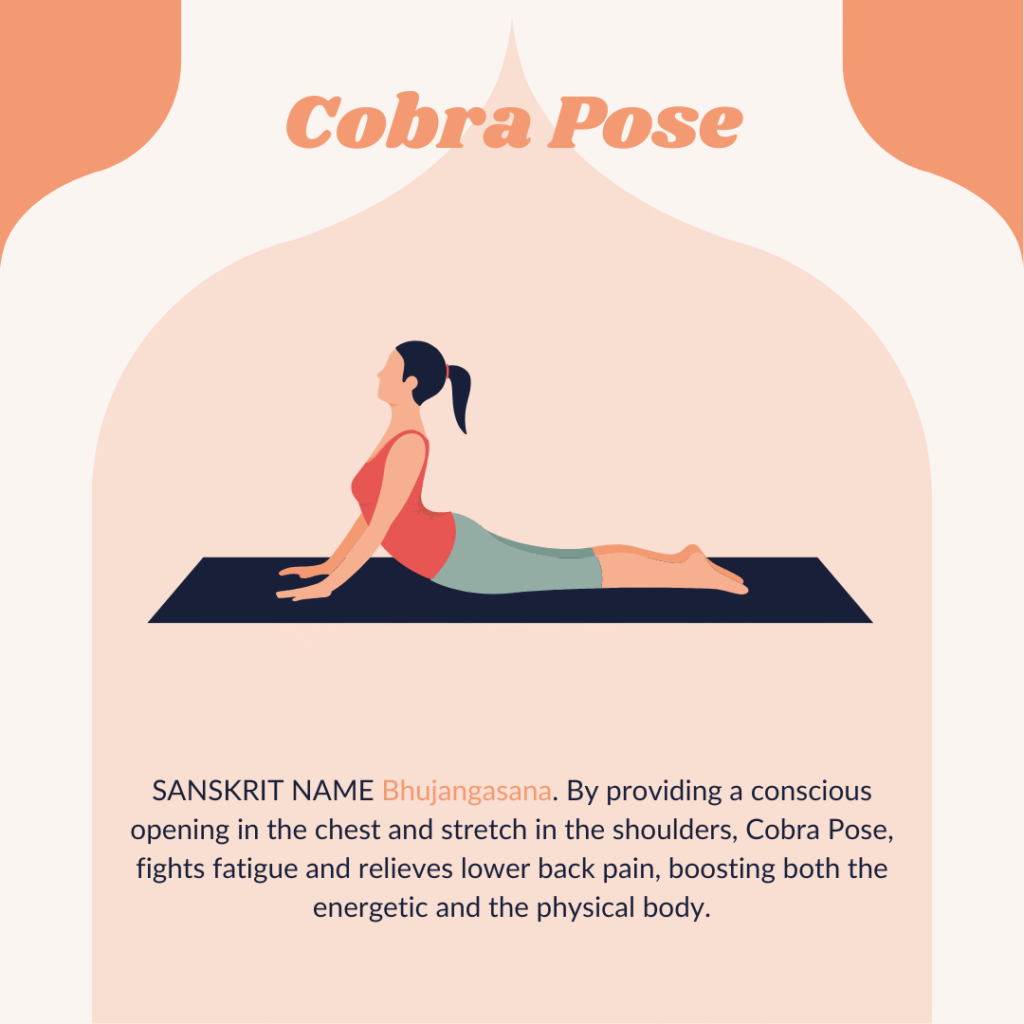
- How to perform?
- Lie face down on your mat with your legs extended and feet hips width apart. Place your hands in line with your elbows and bottom ribs.Straighten your legs, press the tops of your feet, thighs, and pelvis firmly into the mat. Inhale deeply and slowly lift chest forward and up. Draw your shoulder blades together and down.Keep your elbows slightly bent and close to your body. Gaze forward to lengthen the back of the neck.
- Hold the pose for 15 seconds, breathing deeply. Exhale and slowly lower your chest back to the mat.
- Benefits for lower back pain
- Strengthens the back of the body, muscles that line the spine and support the shoulder blades. Creating an even curve along your neck and spine.
Forward Fold (Uttanasana)
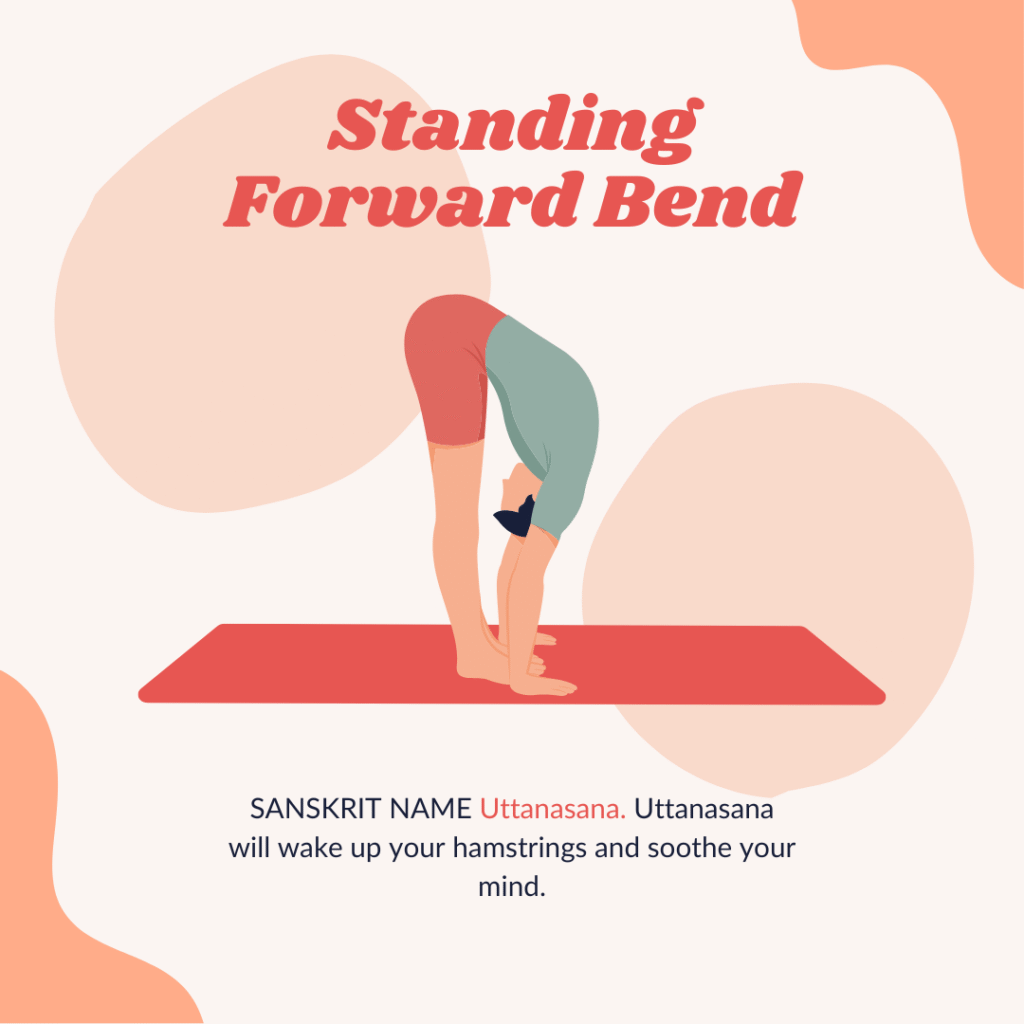
- How to perform?
- Stand upright with your big toes touching and heels slightly apart, or position your feet hip-width apart for increased stability. Ensure that your knees are facing forward and place your hands by your sides.Inhale, and as you exhale, slowly fold your torso over thighs. Release your hands to the floor next to your feet or hold opposite elbows.Relax the head. Lift the kneecaps to help engage your quads and straighten your legs.
- Rest in this position for 30 to 60 seconds.
- Benefits for lower back pain
- This pose greatly helps to lengthen the back of your body (calves, hamstrings, glutes, muscles around the spin, triceps, and lats), which would help to relieve lower back pain. This pose also helps to activate the parasympathetic nervous system, which helps calm us down.
Tips for Practicing Yoga Safely
Remember to listen to Your Body. Pain is not ok, avoid overexertion.
One of the most crucial aspects of practicing yoga safely is listening to your body. Pain is a signal that something is wrong, and it’s important to distinguish between discomfort and pain. Here are some tips to help you practice safely:
- Know Your Limits: Understand your body’s capabilities and avoid pushing beyond them. Overexertion can lead to injuries, especially in the lower back. If a pose feels too intense, modify it or use props to make it more manageable.
- Modify Poses: If a pose causes pain, don’t hesitate to adjust it. For example, if a deep forward bend is painful, try bending your knees slightly or placing your hands on blocks can prevent excessive stretching of the lower back for support. There is no shame in modifying poses to fit your needs.
- Rest When Needed: Take breaks and rest in a comfortable position, such as Child’s Pose, if you feel fatigued or strained. It’s better to take a moment to rest than to push through pain, which can lead to injury.
By paying attention to your body’s signals and avoiding overexertion, you can practice yoga safely and effectively, reducing the risk of exacerbating lower back pain.
